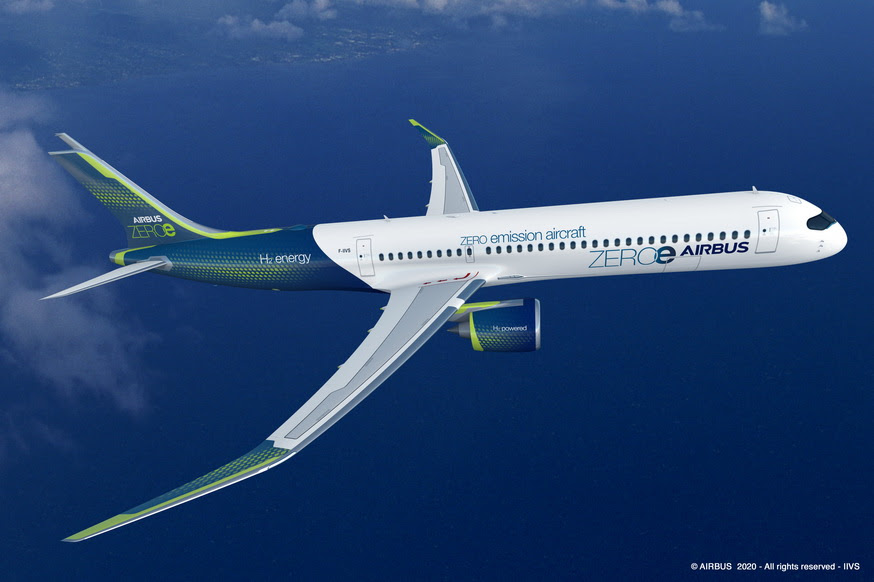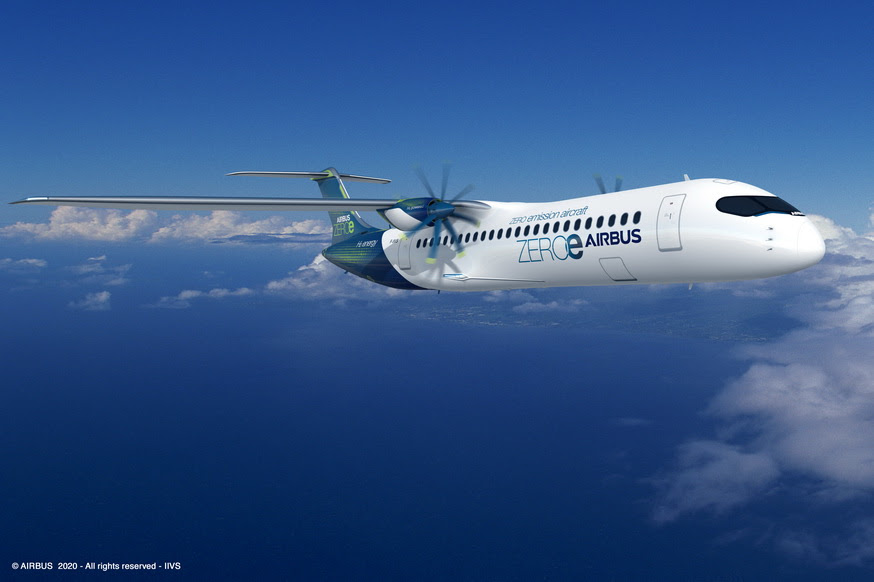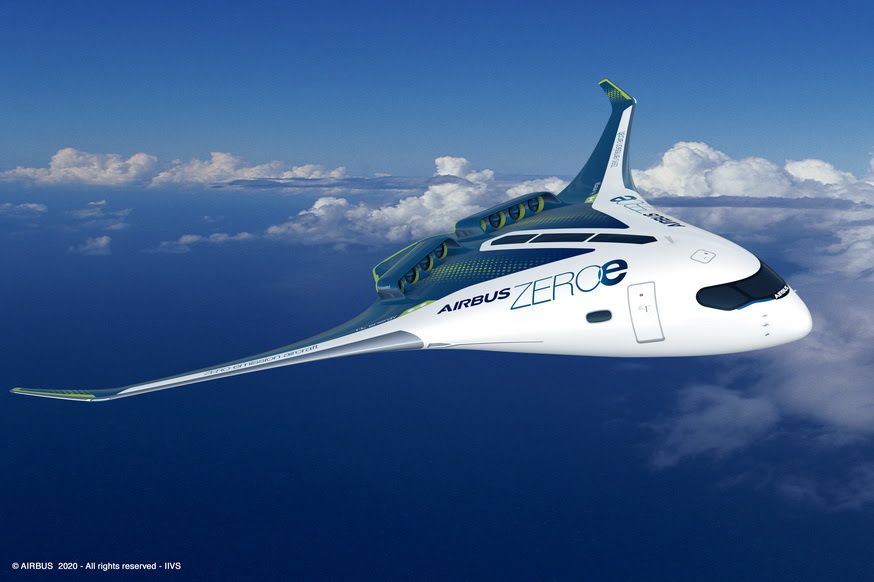28 SEPTEMBER 2020
YOUR WORDS
Readers are invited to add their comments to any story. Click on the article to see and add.
BTN DISTRIBUTION
BTN also goes out by email every Sunday night at midnight (UK time). To view this edition click here.
The Business Travel News
PO Box 758
Edgware HA8 4QF
United Kingdom
info@btnews.co.uk
© 2022 Business Travel News Ltd.
Article from BTNews 28 SEPTEMBER 2020
Airbus in zero emission concept
Not standing still, even in these difficult times (See Crisis at Toulouse in this week's BTN), Airbus has revealed three concepts for the world’s first zero-emission commercial aircraft which could enter service by 2035.
Each concept represents a different approach to achieving zero-emission flight, exploring various technology pathways and aerodynamic configurations in order to support the company’s ambition of leading the way in the decarbonisation of the entire aviation industry.
All of these concepts rely on hydrogen as a primary power source – an option which Airbus believes holds exceptional promise as a clean aviation fuel and is likely to be a solution for aerospace and many other industries to meet their climate-neutral targets.
Guillaume Faury, Airbus CEO, said: “I strongly believe that the use of hydrogen – both in synthetic fuels and as a primary power source for commercial aircraft – has the potential to significantly reduce aviation's climate impact.”
In 2019 easyJet and Airbus announced a joint research project on hybrid and electric aircraft in order to further the industry’s understanding of the operational and infrastructure opportunities and challenge of the next generation of aircraft. Work continues and easyJet CEO Johan Lundgren is very supportive.
“We are excited to see the unveiling by Airbus of its new aircraft concepts today – all zero-emission planes using hydrogen as fuel. EasyJet remains absolutely committed to more sustainable flying and we know that technology is where the answer lies for the industry,” he said.
www.airbus.com
www.easyjet.com
 A turbofan design (120-200 passengers) with a range of 2,000+ nautical miles, capable of operating trans continentally and powered by a modified gas-turbine engine running on hydrogen, rather than jet fuel, through combustion. The liquid hydrogen will be stored and distributed via tanks located behind the rear pressure bulkhead.
A turbofan design (120-200 passengers) with a range of 2,000+ nautical miles, capable of operating trans continentally and powered by a modified gas-turbine engine running on hydrogen, rather than jet fuel, through combustion. The liquid hydrogen will be stored and distributed via tanks located behind the rear pressure bulkhead.
 A turboprop design (up to 100 passengers) using a turboprop engine instead of a turbofan and also powered by hydrogen combustion in modified gas-turbine engines, which would be capable of traveling more than 1,000 nautical miles, making it a perfect option for short-haul trips.
A turboprop design (up to 100 passengers) using a turboprop engine instead of a turbofan and also powered by hydrogen combustion in modified gas-turbine engines, which would be capable of traveling more than 1,000 nautical miles, making it a perfect option for short-haul trips.
 A “blended-wing body” design (up to 200 passengers) concept in which the wings merge with the main body of the aircraft with a range similar to that of the turbofan concept. The exceptionally wide fuselage opens up multiple options for hydrogen storage and distribution, and for cabin layout.
A “blended-wing body” design (up to 200 passengers) concept in which the wings merge with the main body of the aircraft with a range similar to that of the turbofan concept. The exceptionally wide fuselage opens up multiple options for hydrogen storage and distribution, and for cabin layout.
OUR READERS' FINEST WORDS (All times and dates are GMT)
All comments are filtered to exclude any excesses but the Editor does not have to agree with what is being said. 100 words maximum
Andrew Sharp, Surbiton
When you burn hydrogen in air, you produce water. If you do this at the right height, you produce contrails - which impact on global warming. Is the water going to be captured and stored on board the aircraft to prevent contrail formation, or is 'zero emissions' a misnomer?
